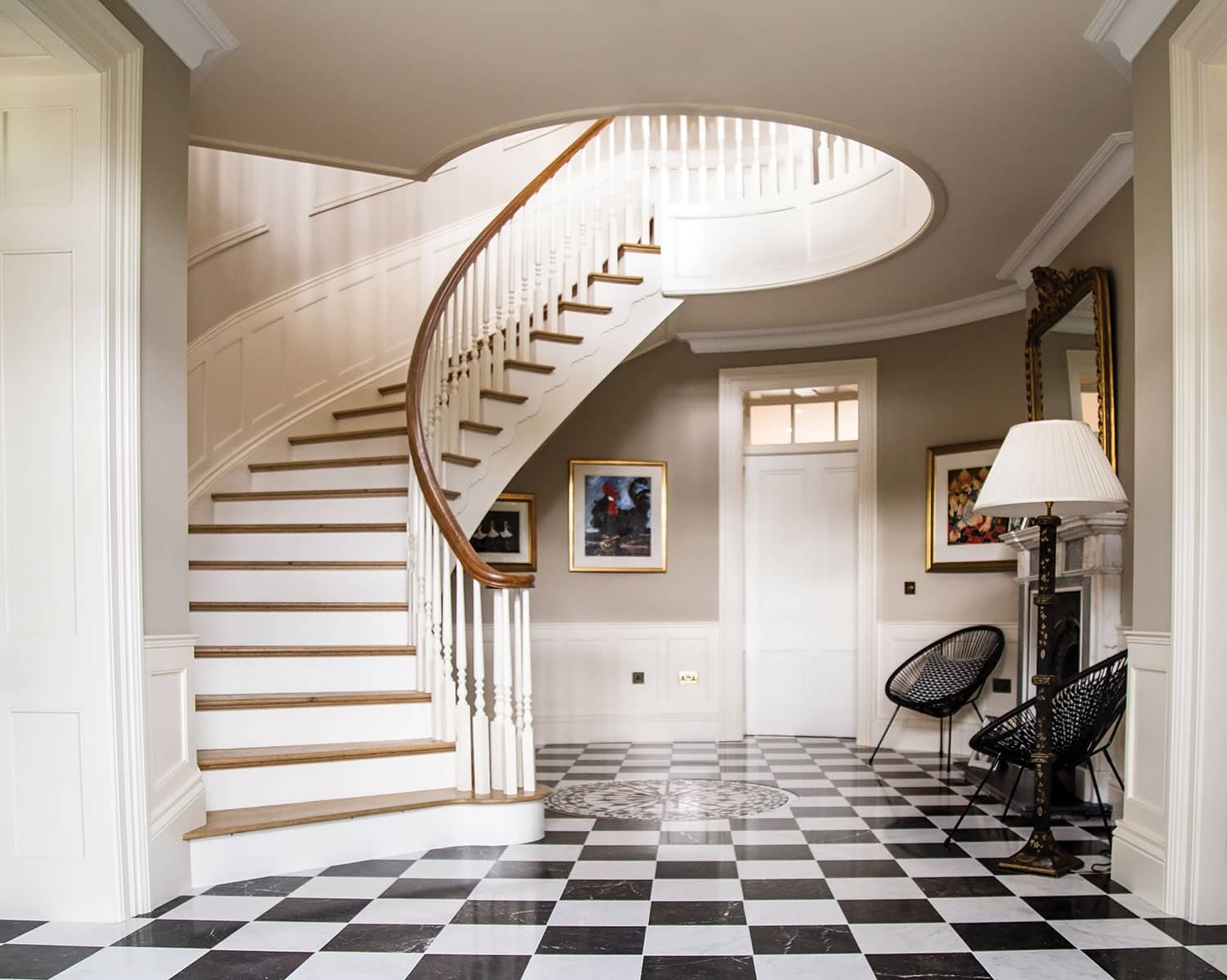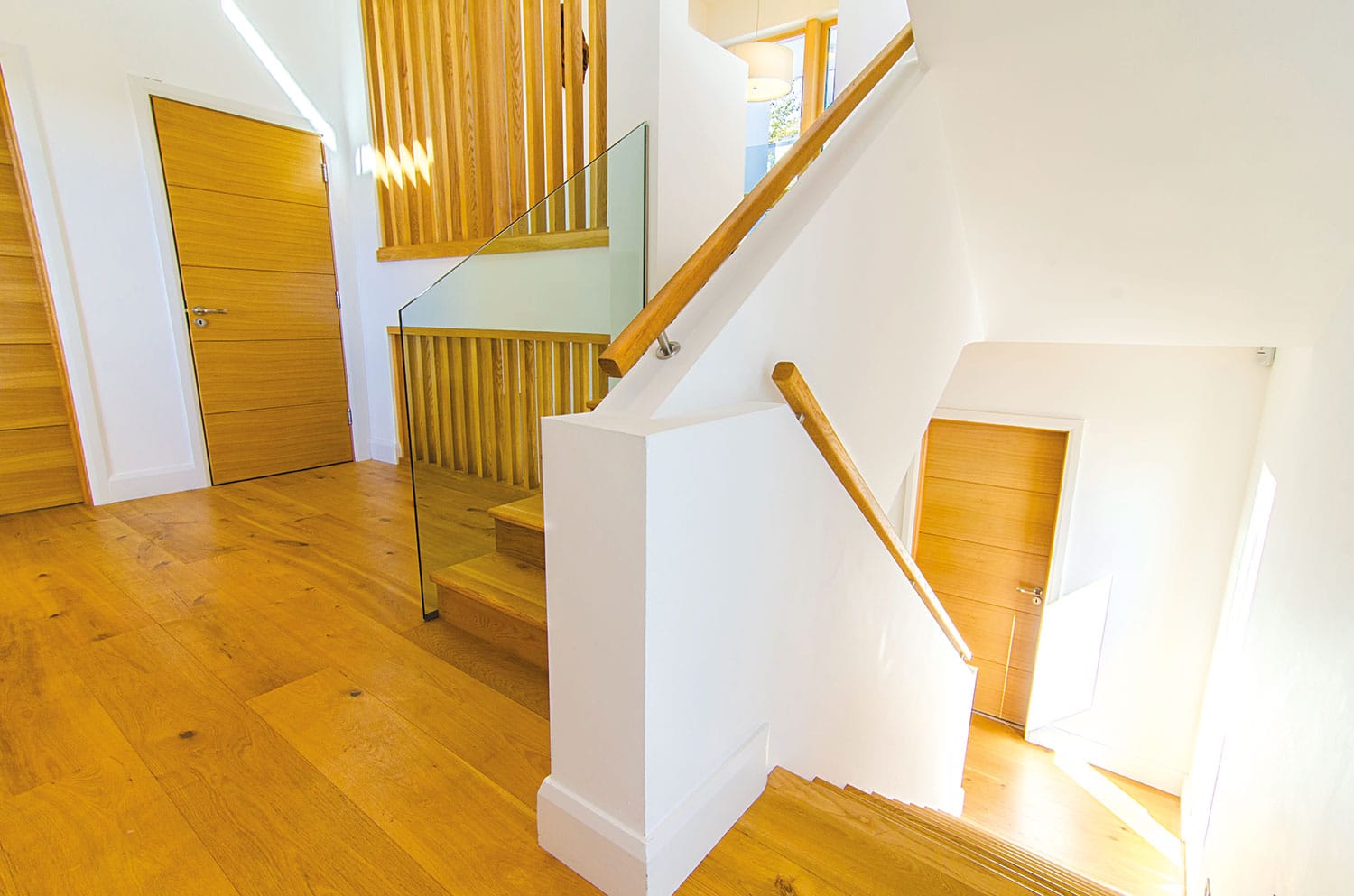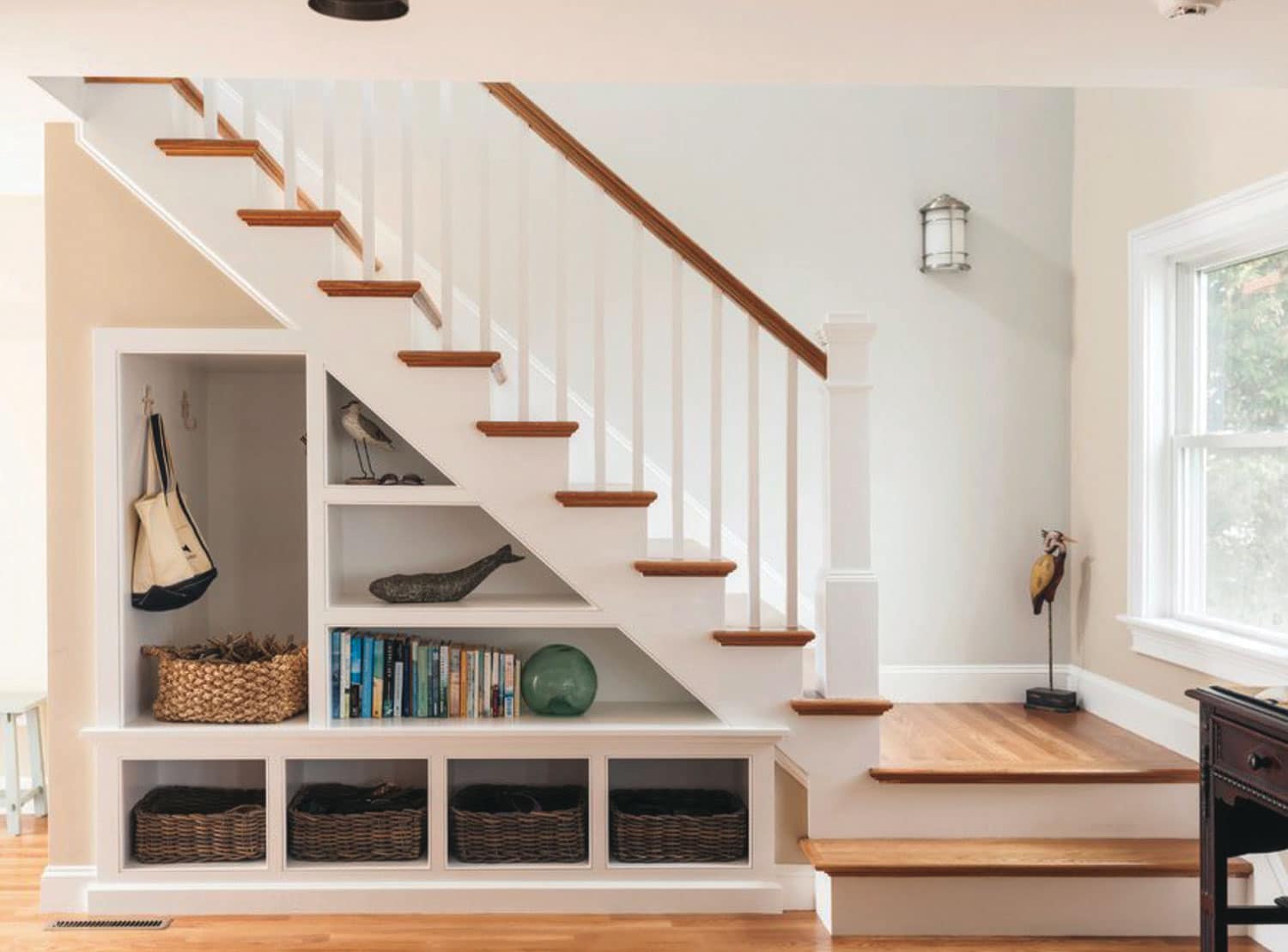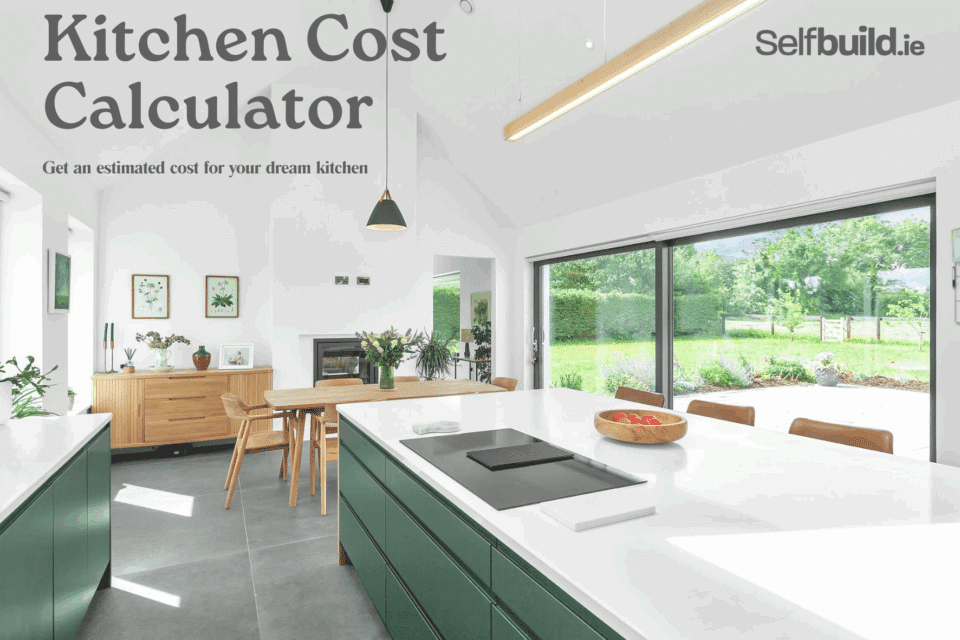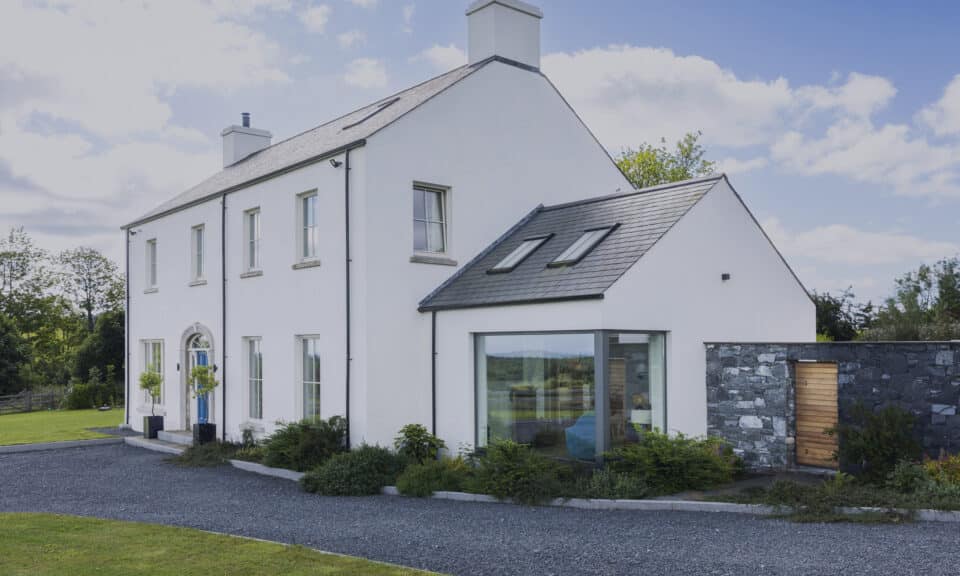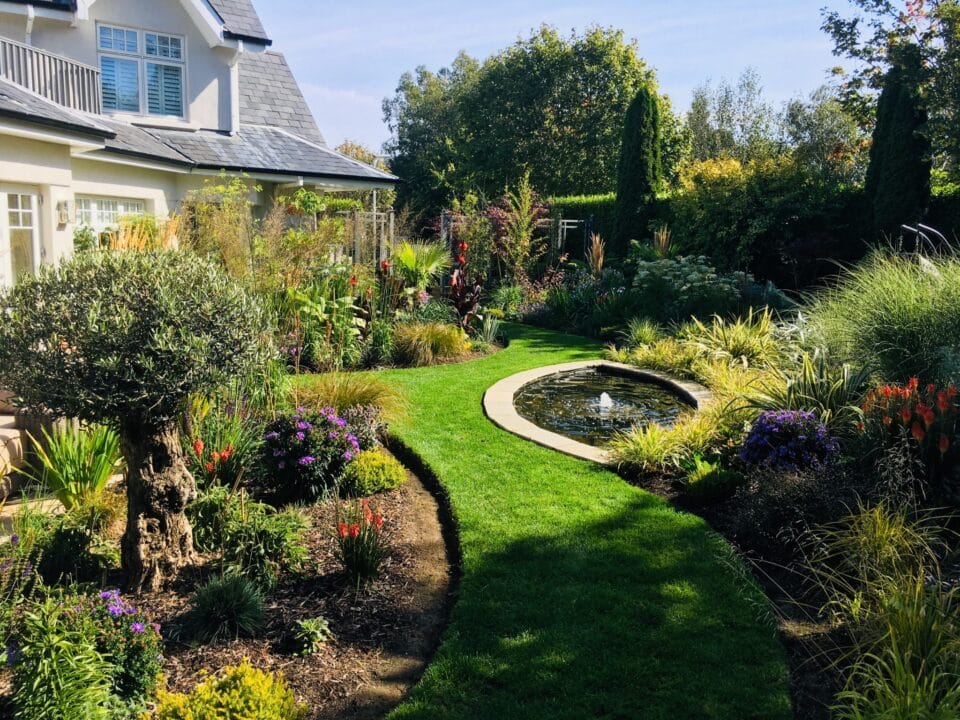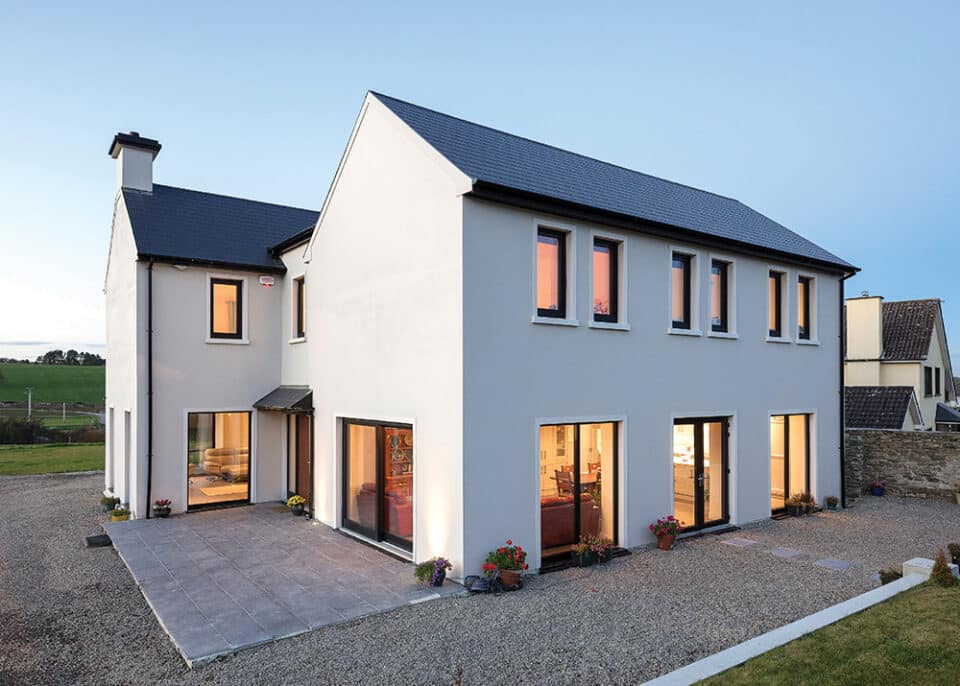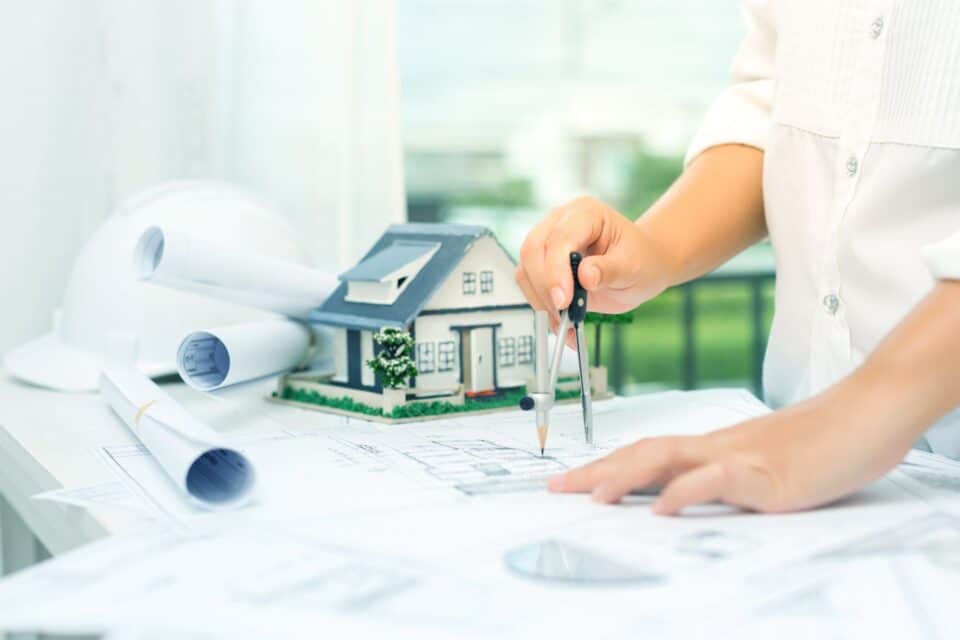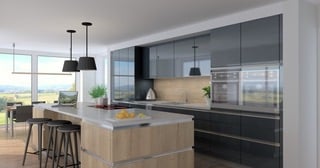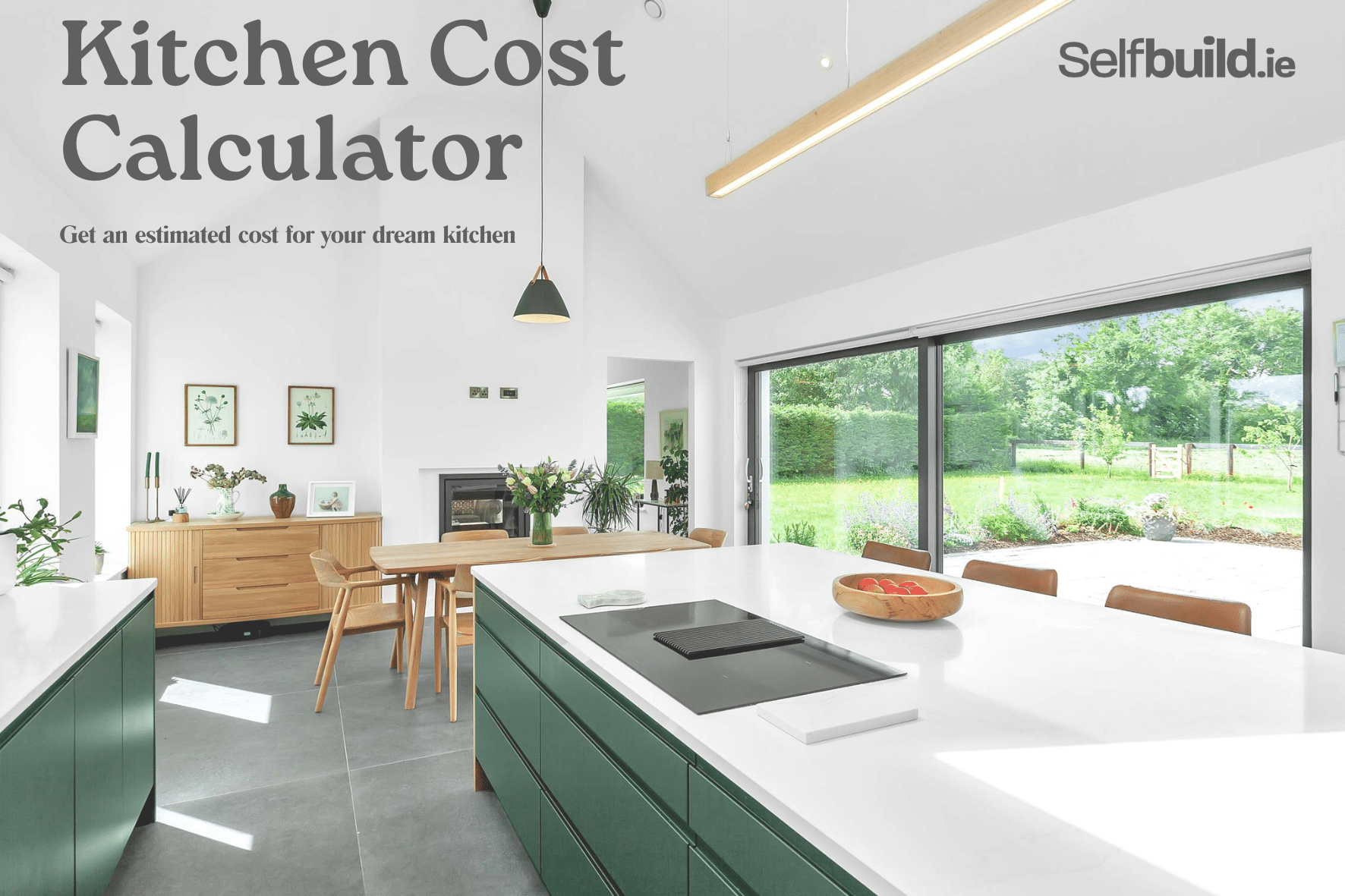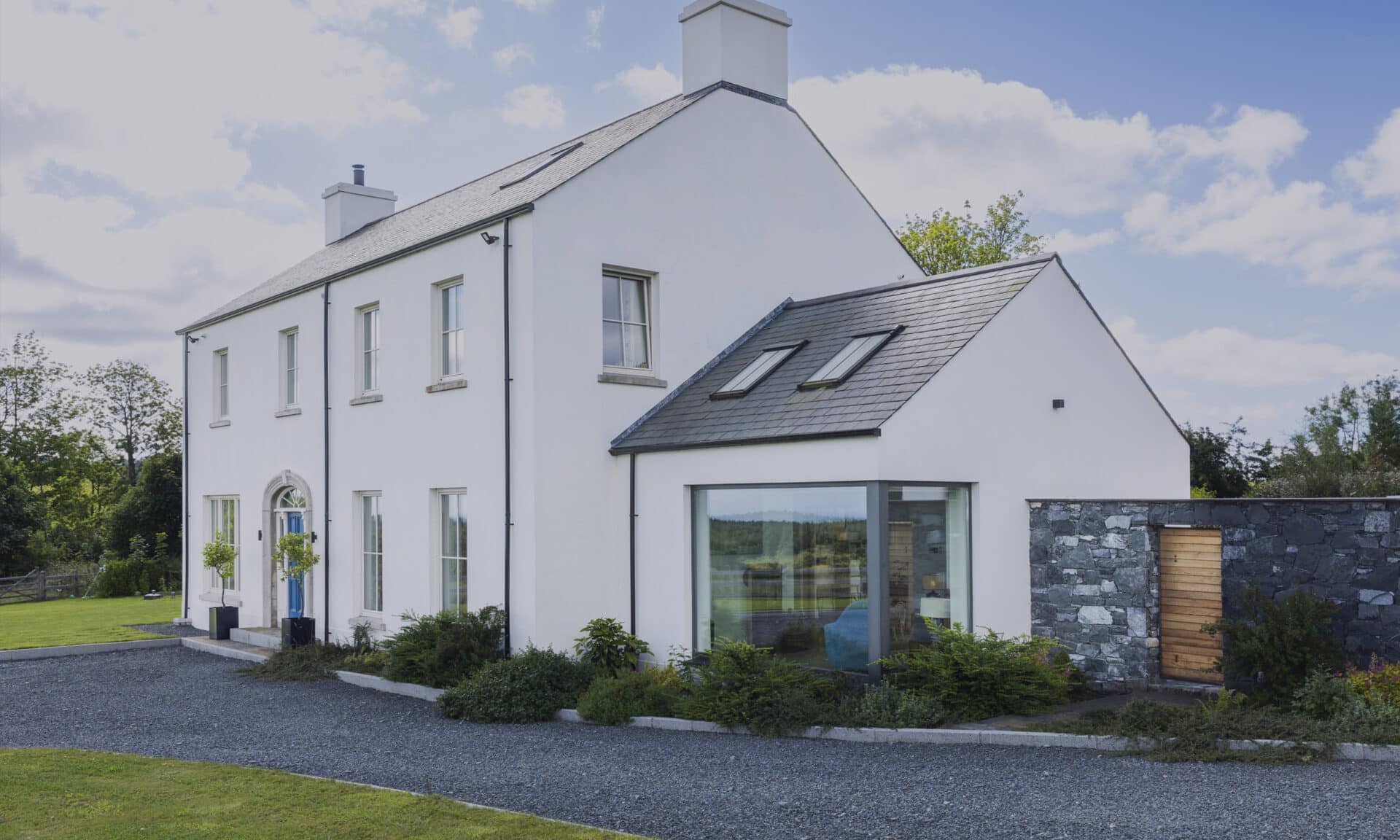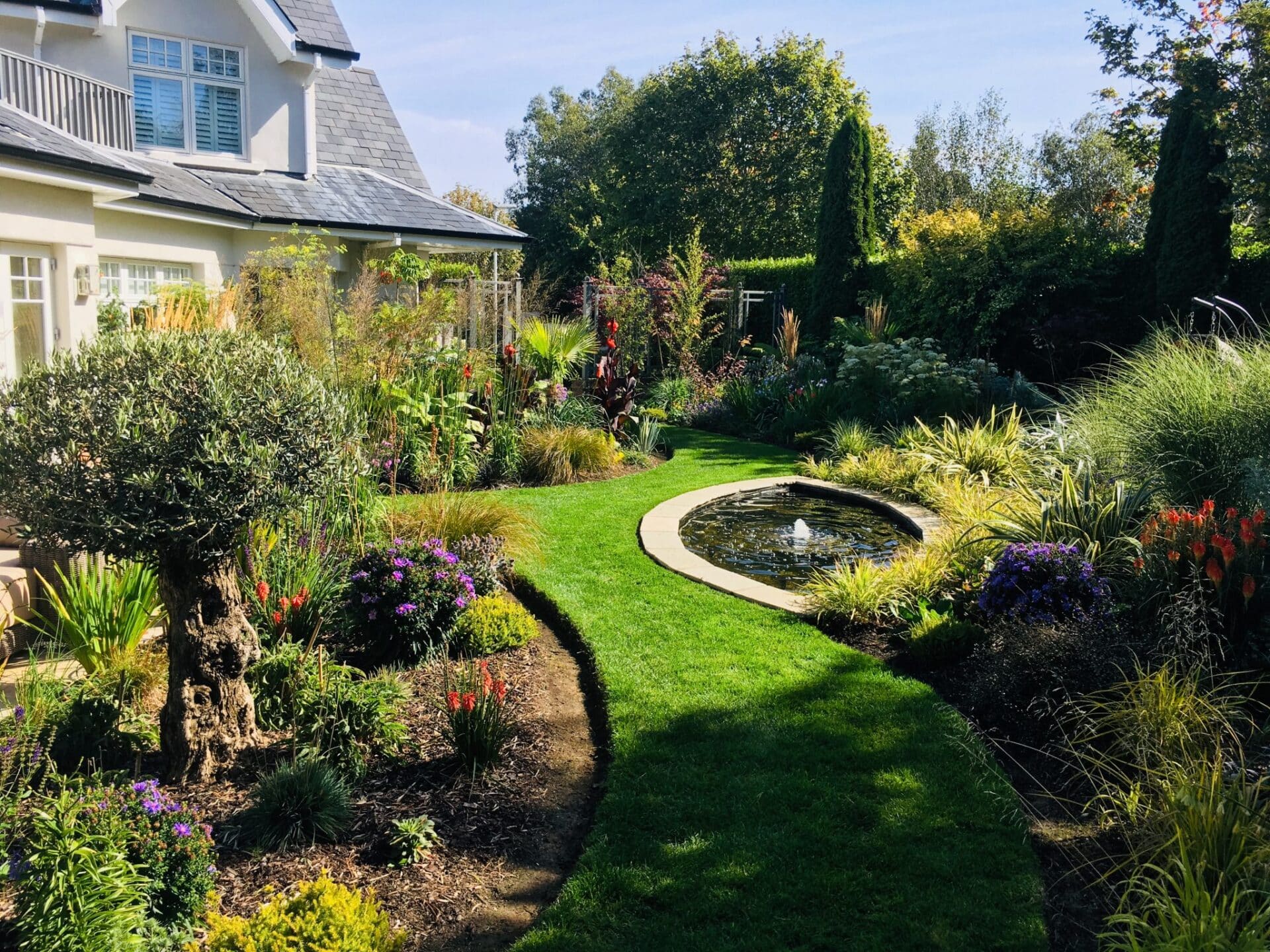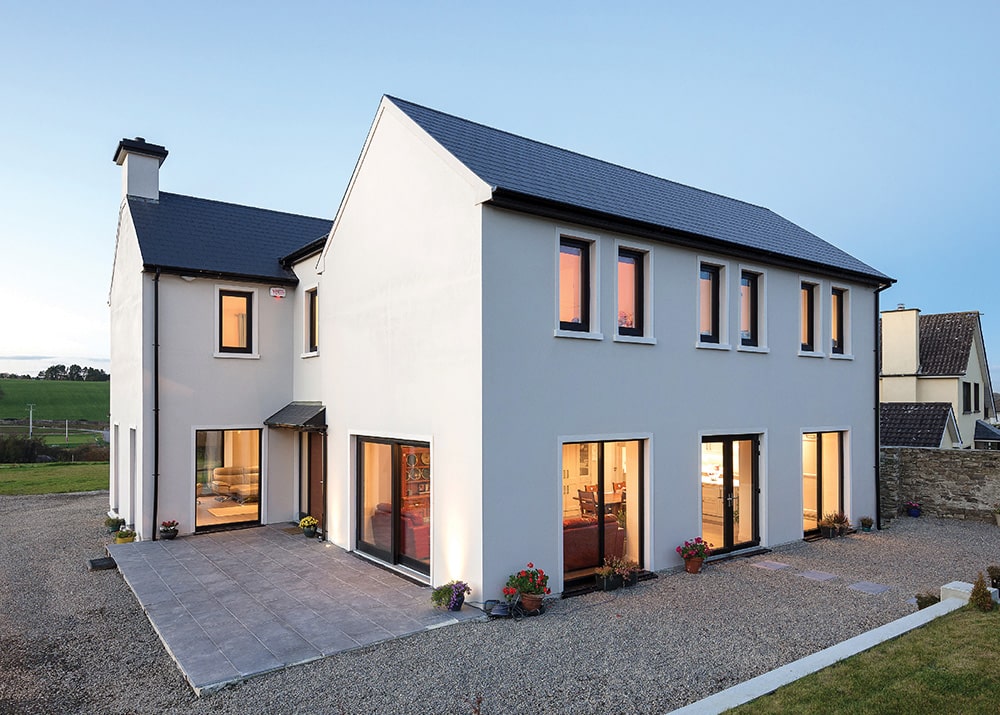Balusters are sticks or shafts, made of timber, stone, metal or plastic, that support a handrail on a stair, or the coping on a parapet. They started life in the balconies and palaces of Venice and Verona in the fifteenth century when each one originally looked like one bulbous vase-shape over another.
As they developed over the centuries they were eventually turned on a lathe, which made the form very particular. It’s now possible to date furniture and certain types of architecture from the style of these turned balusters. Once turned on a lathe, a wooden baluster could be split down the middle and the two halves applied to a flat surface – a feature popular in the Arts and Crafts movement.
Nowadays, readily available timber spindles come in all sorts of cross-sections including square, stop chamfered, stopovolo, Georgian and various contemporary ones.
But whatever they look like, balusters grouped together form a ‘balustrade’ that, in turn, creates a safety barrier so people don’t fall from heights, such as stairs or landings, into voids below.
Most self-builders today buy their stairs custom-made by a craftsman; from the catalogue of a company that makes many different styles of stairs, available off the shelf; or from a DIY shed where the choice is reduced but the price small.
Materials
Whilst timber is still the most commonly used material for stair balustrades, modern technology allows balustrades to be made of almost anything you can think of. A popular option is to build a low level wall, plastered for a modern effect. It’s relatively straightforward to do, low cost and looks very sleek.
With so many self-builders opting for contemporary designs, glass balustrading has also become popular both inside and out (see section below).
But balusters can be made of iron, steel, plastics, wire, stone and many other materials. When restoring old buildings, it’s possible to create a mould of an existing baluster then replicate it in a chosen material.
Vinyl or aluminium balusters can be cast in any shape and coloured in infinite tints and hues. Outdoor balustrading is usually made from stone or steel, though plastic is cheaper and durable, and needs no maintenance but repairs may be tricky.
Certain companies specialise in cast stone, e.g. cast limestone with a surface texture just like that of Portland stone. It is usually used outdoors and is much less expensive than quarried or natural stone.
This type of stone stays looking good year after year with minimal maintenance, provided it isn’t exposed to extreme conditions. Quarried or natural stone balusters can easily delaminate over time and take a long time to look pleasantly ‘old’. Cast stone looks ‘natural’ more quickly.
But don’t expect each piece of this type of man-made stone to look exactly like the next. There’ll always be a slight variation, which actually makes it look pleasantly realistic. When using cast stone indoors it’s wise to coat it with a clear sealant.
Glass balustrading
Traditional timber staircases can be made to look modern by doing away with the timber spindles and replacing them with sheets of toughened and laminated glass which, in turn, carry the handrail. You can do away with the handrail entirely and simply use glass alone. Such a structure is still called a balustrade.
The sheets are held in place by a variety of different clips and fixings. Remember to ensure that the spaces around the glazing comply with
the 100mm gap rule. It is usual to have far smaller gaps than this.
Contemporary versions of this type of glazed balustrade have no timber staircase elements, using stainless or powder-coated steel for all the other parts of the stairs, apart from the treads.
An extension of this idea is to enlarge a glass ‘balustrade’ to form an entire glazed screen that can run from stair tread to ceiling, or floor to ceiling, forming an entire see- through wall.
Although glazed balustrading looks impressive it’s also a bit of a problem in a busy family household because children’s dirty hands mark it so easily. As with any architectural glass feature, the glass must be kept spotlessly clean or it quickly looks unpleasant.
Outdoor glass balustrading can be highly effective where you have a view you want to enjoy, perhaps from a balcony, terrace or other outdoor leisure area. Glass keeps winds away yet preserves the view. This can extend the months of the year you can use the area and can also mean that a small room that cannot have a proper balcony can enjoy some outside ‘space’ and a view by using a fixed glass panel at an inward-opening French window, to create a Juliette balcony.

